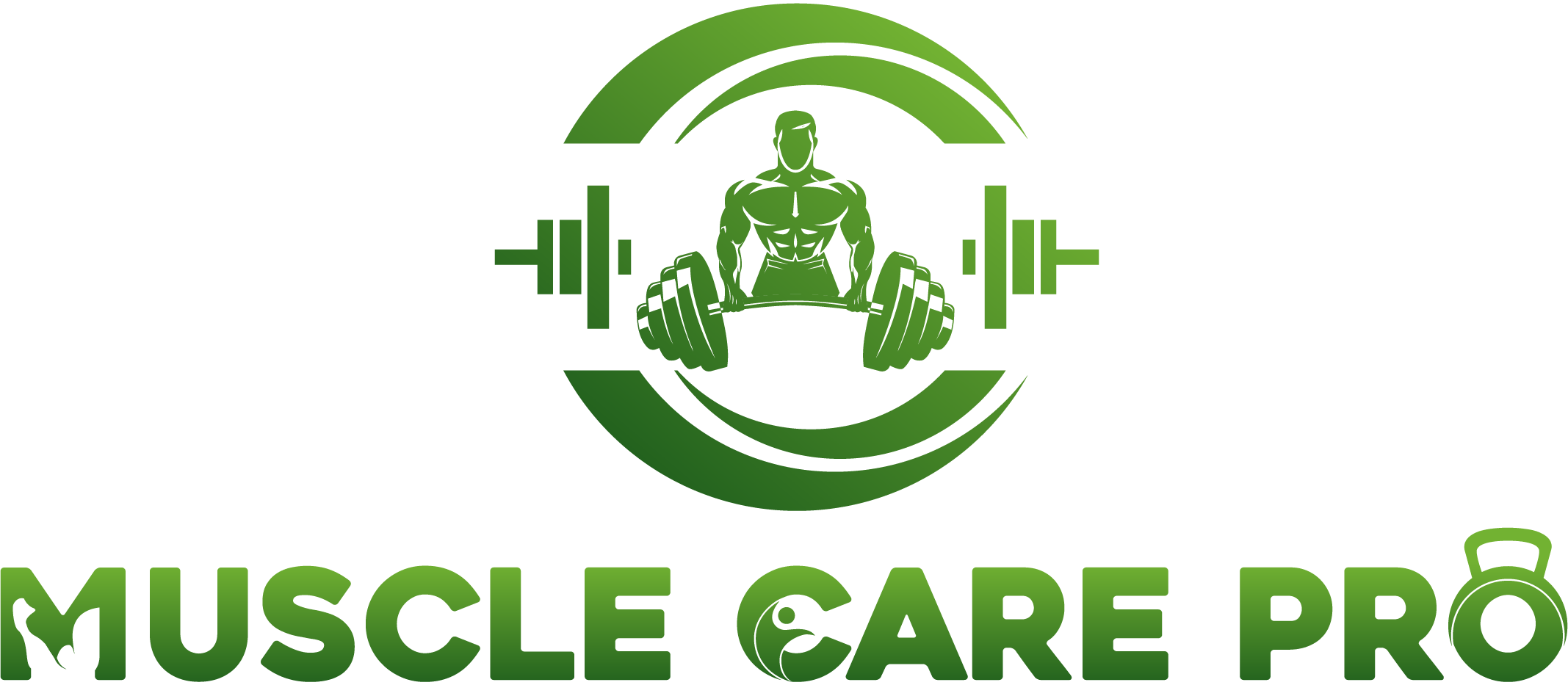Weight reduction is and will always be a concern for many people. Of late, The New York Times (NYT) has published a series of reports on various weight-loss plans. Some of them looked at how effective a plan is and measured the associated risks and longer-term impacts. This article looks at different examples of popular plans offered by the NYT, evaluates their legitimacy, and gives practical advice to interested people with respect to long-term sustainable solutions for weight loss.
Understanding Weight Loss Schemes
Weight-losing schemes refer to properly planned and designed plans intended to enable the individual to lose weight. Such schemes may include diet plans, exercise regimens, medications, and alternative weight-loss methods. The weight-loss plan by NYT sometimes analyzes such schemes and gives an evidence-from-the-topic assessment and expert opinions regarding the schemes.
Popular Weight Loss Schemes Highlighted by NYT
Diet-Based Schemes
A new trend these days is the review of diet and weight-loss programs in the New York Times.
1. Ketogenic Diet
Keto is focused on decreasing carbohydrates and increasing fat so that one’s body will tend to ketosis. In this state, one’s body is treated in such a way that it will convert fat as a source of energy instead of carbohydrates. Weight loss schemes often featured in the NYT articles usually understand the ‘fast’ results associated with ketosis but they warn of dangers that abound therein.
2. Intermittent Fasting
Intermittent fasting encompasses alternate periods of eating and fasting, following schedules such as the well-known 16:8 or 5:2 methods. According to NYT experts, “calorie restriction and metabolic health improvement are the two factors by which this scheme promotes weight loss.”
3. Plant-Based Diets
Overall, a plant-based diet, such as veganism and vegetarianism, gained much interest among people. Reports by the NYT prove that such diets can contribute to weight loss and better health if appropriately balanced.
Exercise-Focused Schemes
1. High-Intensity Interval Training (HIIT)
workouts that create a high-intensity interval between short bursts of intense exercise with recovery periods. According to articles in the NYT, it is an efficient method of burning calories and building muscles, which is why it is included in most programs to lose weight.
2. Strength Training
Strength training increases muscle buildup which would, thus, increase in resting metabolic rate. So, usually, this component is included in comprehensive programs for weight loss as it was reported by the New York Times.
Pharmaceutical and Medical Interventions
1. Prescription Weight Loss Drugs
Medications such as semaglutide and liraglutide have made headlines, not just being potential appetite suppressants. The numerous weight-loss programs-so-called-analyses by NYT generally tend to include in consideration the efficacy of these drugs along with the side effects one may be subject to.
2. Bariatric Surgery
In dealing with severe obesity, surgical options could be the long-term answer: Gastric bypass and sleeve gastrectomy have been written about in the New York Times concerning how successful they are and the problems surrounding them.
Risks and Pitfalls of Weight Loss Schemes
Fad Diets
NYT is cautioning the readers about the perils of fad diets, claiming fast results without scientific support, as these could lead to nutritional deficiencies and rebound weight gain.
Over-reliance on Supplements
There exist excess supplement-using schemes for weight loss. Though NYT has mentioned a few instances where it may be justifiable, it emphasizes consulting healthcare professionals before leaning on such products.
Unsustainable Practices
Sustainability is a major player when it comes to weight loss for the long haul. According to NYT, those hastily manufactured schemes are over short-term solutions because they are hardly successful.
Evidence-Based Recommendations
1. Combine Diet and Exercise
The most effective weight loss schemes, according to the NYT, involve a combination of healthy eating and regular physical activity.
2. Seek Professional Guidance
Dietetic experts or trainers can help in designing specific plans that would enhance one’s chance of succeeding in a program.
3. Prioritize Mental Health
Hence, the NYT adds a recommendation that focuses on such psychology and emotions, as they tell much about an individual’s eating habits.












